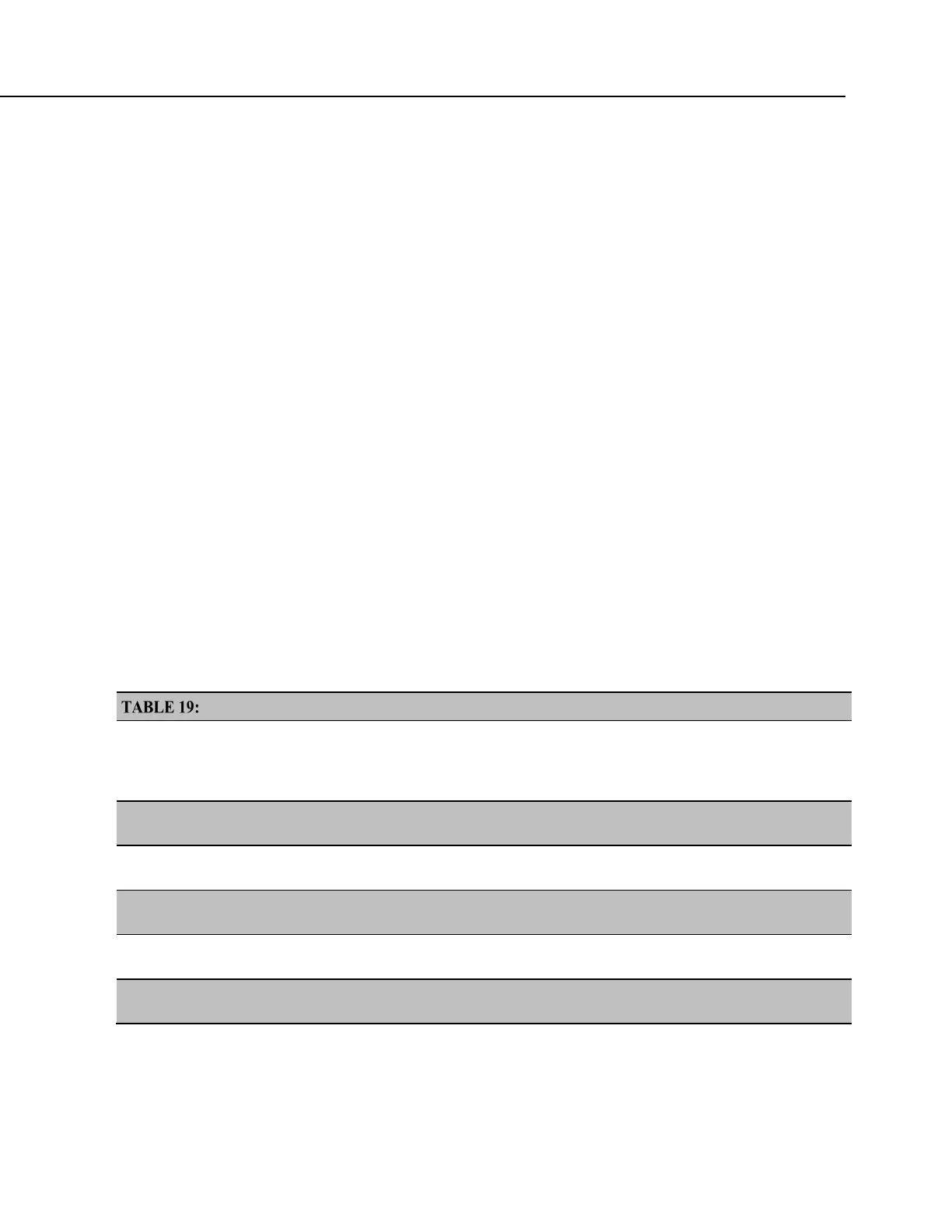Section 7. Installation
Using TRUE or FALSE conditions with logic operators such as AND and OR,
logical expressions can be encoded to perform one of the following three general
logic functions. Doing so facilitates conditional processing and control
applications:
1. Evaluate an expression, take one path or action if the expression is true (= –1),
and / or another path or action if the expression is false (= 0).
2. Evaluate multiple expressions linked with AND or OR.
3. Evaluate multiple AND or OR links.
The following commands and logical operators are used to construct logical
expressions. TABLE: Logical Expression Examples
(p. 165) demonstrate some
logical expressions.
• IF
• AND
• OR
• NOT
• XOR
• IMP
• IIF
Logical Expression Examples
If X >= 5 then Y = 0
Sets the variable Y to 0 if the expression "X >= 5" is true, i.e. if X is greater than or equal to 5. The
CR800 evaluates the expression (X >= 5) and registers in system memory a -1 if the expression is true, or
a 0 if the expression is false.
If X >= 5 OR Z = 2 then Y = 0
Sets Y = 0 if either X >= 5 or Z = 2 is true.
If X >= 5 AND Z = 2 then Y = 0
Sets Y = 0 only if both X >= 5 and Z = 2 are true.
If 6 then Y = 0.
If 6 is true since 6 (a non-zero number) is returned, so Y is set to 0 every time the statement is executed.
If 0 then Y = 0.
If 0 is false since 0 is returned, so Y will never be set to 0 by this statement.
Z = (X > Y).
Z equals -1 if X > Y, or Z will equal 0 if X <= Y.

